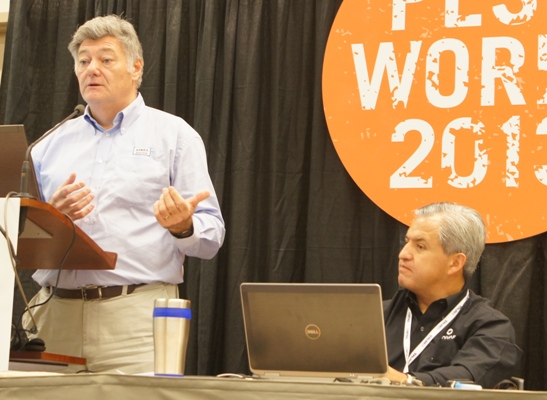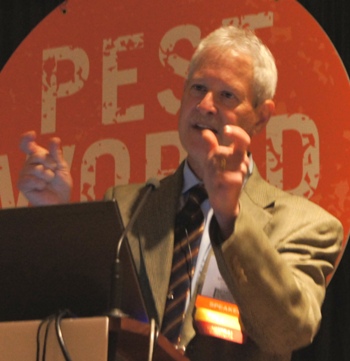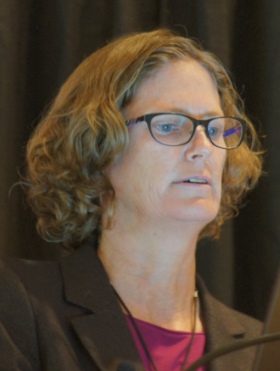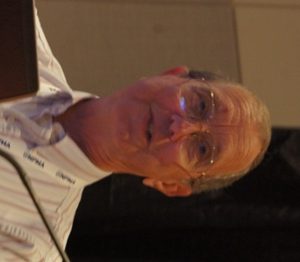Whilst the exhibition might be the key attraction for commercial delegates, the variety of educational sessions on offer provides an equal draw. Pick your subject area, then go along and find out what some of the industry”s leading researchers have been discovering. Delegates were not disappointed.
“The packed educational sessions demonstrate the industry”s desire for an event with an emphasis on learning and networking,” said NPMA executive vice president Bob Rosenberg. For the USA delegates, they can gain ‘recertification credits’ from attending virtually any of the technical sessions – just as UK pest controllers collect BASIS CPD points. For international delegates it is always totally refreshing to hear what research has been undertaken. It’s a sad state of affairs but, certainly in the UK, there are now very few independent organisations or universities undertaking basic pest control research.
|
No meeting where bed bugs were on the agenda would be complete without at least one paper from Dr Michael Potter from the University of Kentucky in Lexington. Delegates recognise his prowess and many were forced to stand. Dr Potter reviewed the results of the latest National Bed Bug Survey, putting many of the findings into context for practical pest controllers. Preventative inspections He pointed out that when treating for bed bugs, formulation type makes a huge difference – wettable powers being far more available to the insect than micro-emulsions. Diatomaceous earth (DE) has always been a useful tool in the box, but recent research by his department showed considerable variation in efficacy between lab and field treatments. “Bed bugs have a superb history of adaption. They are loaded to the hilt with resistance mechanisms. The genes which code for resistance are located around a bed bug’s outer skeleton – ready to resist,” he explained. Using a lovely simile he likened this defence mechanism to archers on the keep of a castle, primed and ready to repel! Dogs ‘see’ in scent From a practical point of view, both Judy Black (Steritech) and Donnie Blake (Oklahoma Pest Control) discussed the use of bed bug detection dogs in their respective businesses. Both agreed that when working the detection dogs the biggest fear was them recording a false negative (i.e. no bed bugs present when they actually are) – this was far more problematic than a false positive. Practices challenged |
|
|
His research clearly showed that flies were considerably more attracted to traps made of blue materials than they are of those made in yellow – yet which colour are traps traditionally made of? Yellow! This was nothing compared to the disquiet he caused amongst the delegates working for electronic flykiller manufacturing companies. We all have it drummed into us that lamps within EFKs must be changed annually – yet his research showed little difference in fly mortality between new and 13 month old tubes. Making sense of the international industry Rob and Benjamin gave a whirl-wind tour of the global market concluding that there is significant value in greater collaboration as, at the end of the day, we all broadly face the same pests, the same problems and the same public misconceptions of our industry.
|
|





